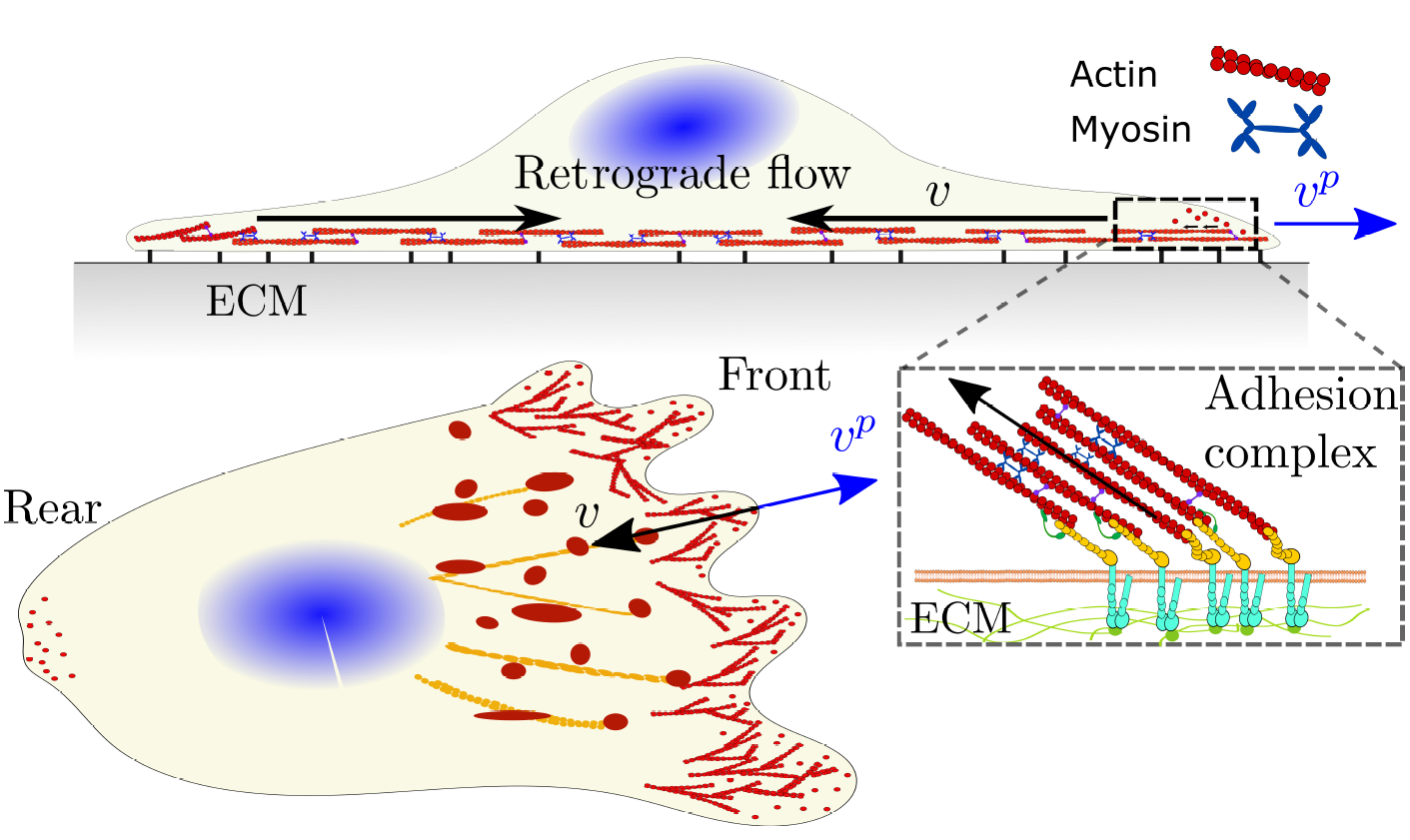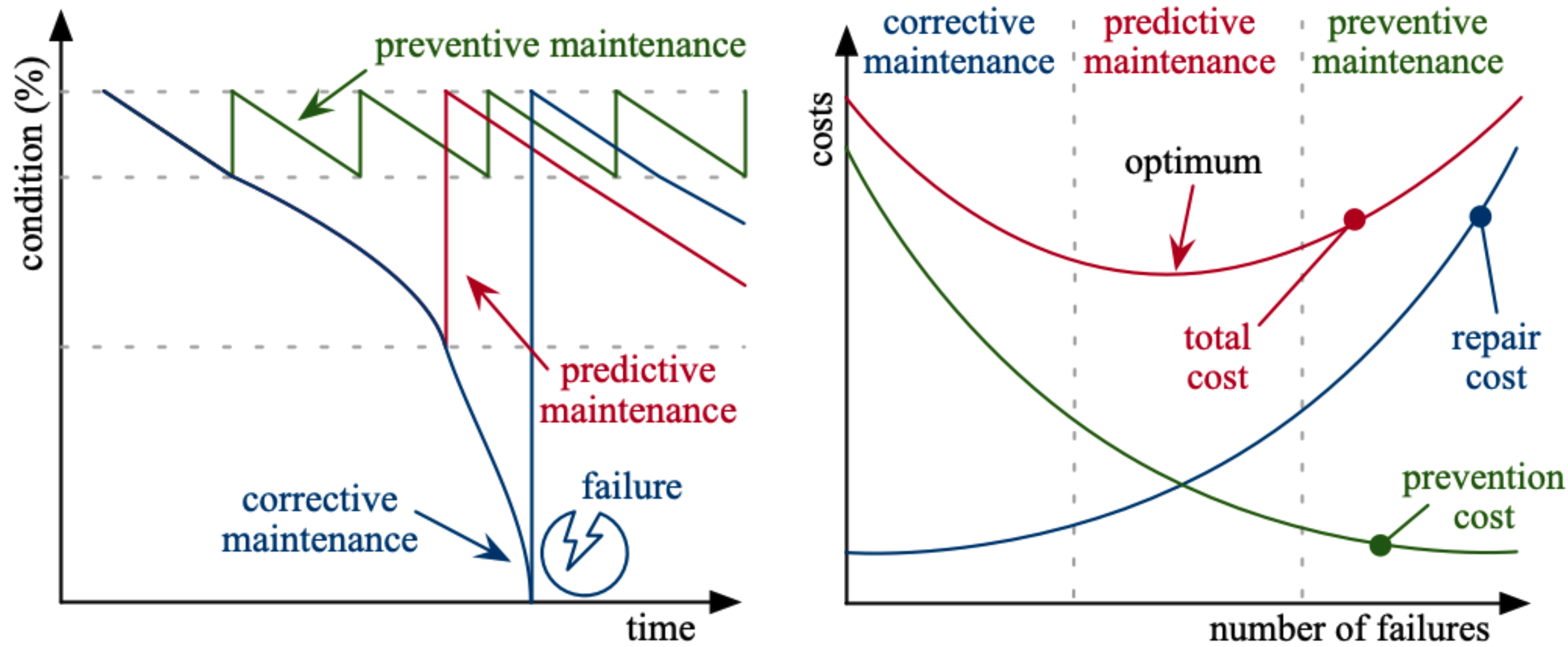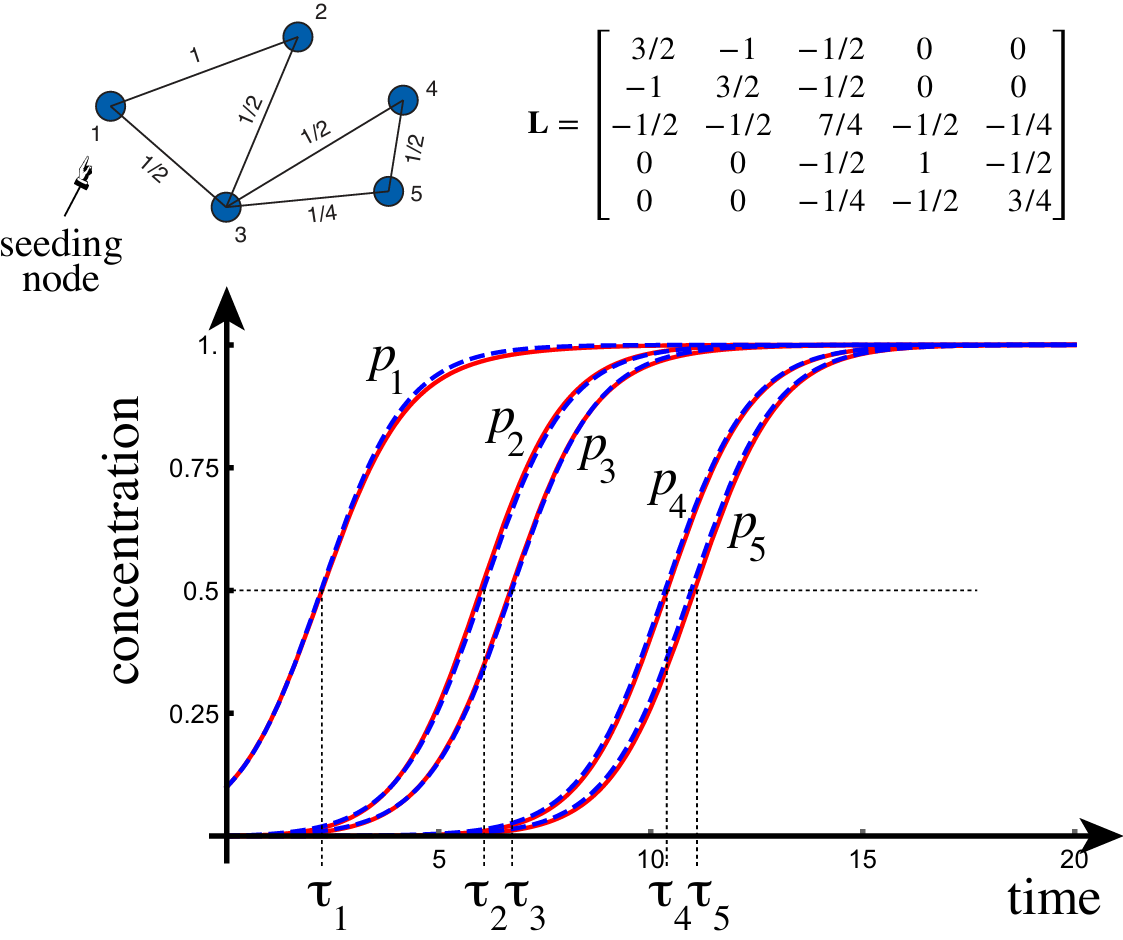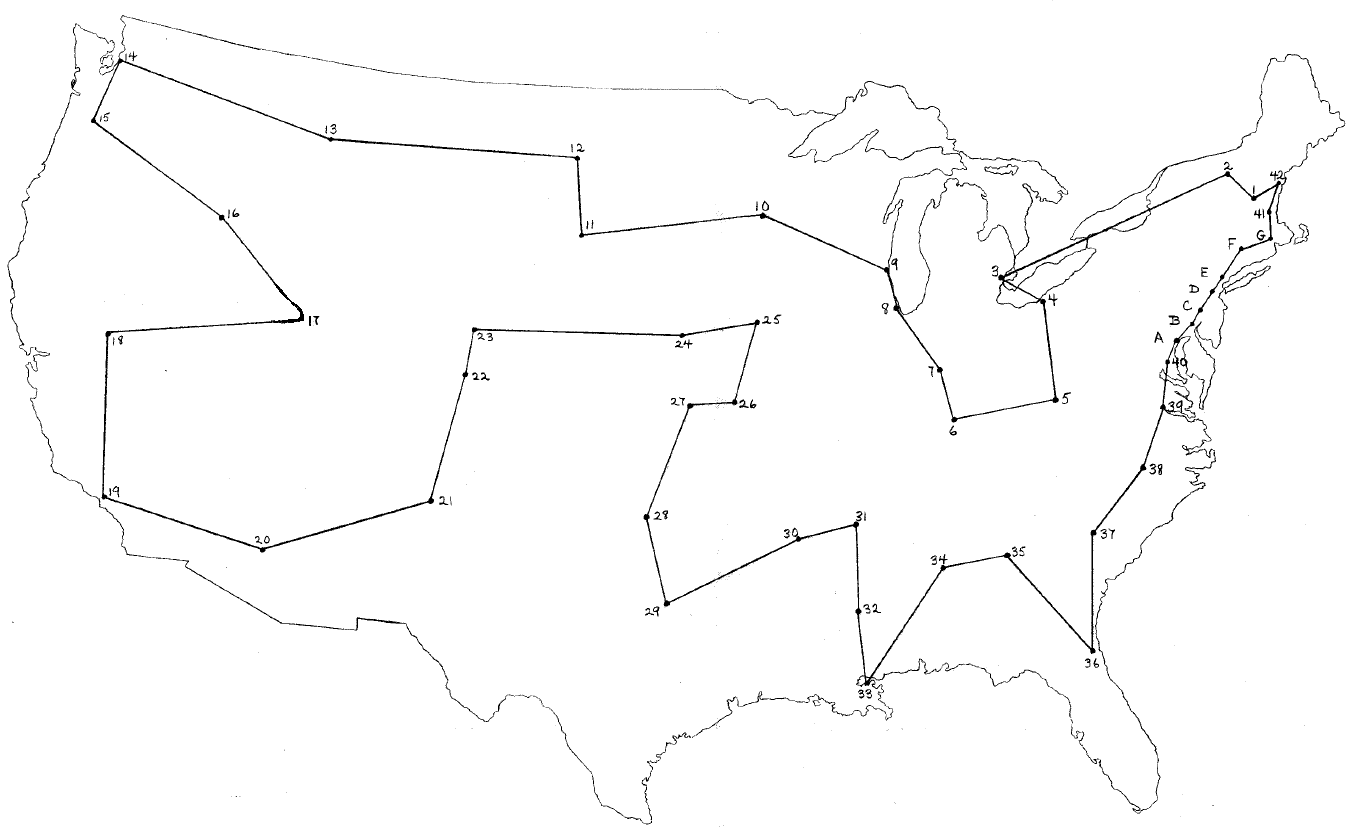Outreach
Why and how do cells migrate? by Pablo Sáez
(LaCàN, IMTech). Received on November 27th, 2022. Cell migration is a mechanical function central to life. It establishes how cells move and interact during development to eventually form fully functional organs. When this fascinating and yet obscure interaction of genetics, chemistry and physics evolves normally, our brain, heart, liver, etc., …
The heat equation by Luis A. Caffarelli
(Deparment of Mathematics, UT at Austin). On September 22, 2003, Luis A. Caffarelli delivered the inaugural lecture of the FME 2003-04 term. The image corresponds to the heading of the corresponding chapter in the booklet distributed by the FME on that occasion. Now, after twenty years, he has been awarded …
(CoDAlab & IMTech). Received 21 April, 2022. The world energy system is undoubtedly in transition. The widespread adoption and use of renewable energy are the fastest and cheapest route to greater energy independence after the Ukrainian invasion and are the key to fight climate change. The European Commission’s scenarios show …
(On leave from UPC). Received October 19th, 2021. The context Europe and the developed world are ageing quickly. About 23% of the Europeans are over 65 today, and estimates are that this percentage will be 40% by 2040. This puts an enormous stress on the pillars of the welfare state, …
Quantum Error-Correction, by Simeon Ball
Received October 14th, 2021. Classical error-correction is the process by which data is protected from being corrupted by noise. In its simplest form we wish to protect a sequence of zeros and ones which are either being stored or transmitted. A repetition code gives a simple protection against a bit …
(Mathematical Institute, University of Oxford). Received 22 Feb, 2021. We live in a connected world where people, goods, information, and diseases travel from one region to the next. In the years of COVID, a particularly dramatic example of this propagation phenomenon is, of course, the transmission of the coronavirus from …
(NL English translation, with permission from El País, of the article Cómo visitar dos millones de estrellas en el menor tiempo posible published on December 14, 2020, in the “Café y Teoremas” series) The Gaia project of the European Space Agency (ESA) has cataloged 2,079,471 stars. Could we find a …




